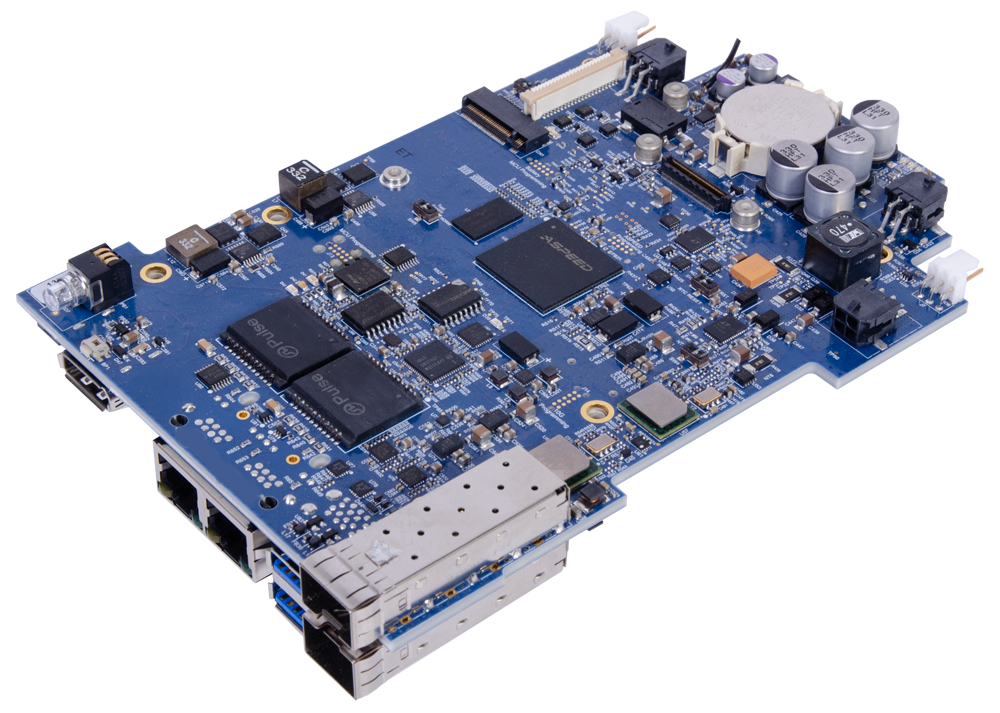IPMI for Remote Control & Monitoring of Embedded Computers

Remote device and system management is standard practice for most IT administrators. This management includes monitoring the functionality and status of the system or device, troubleshooting issues, and installing updates and patches while working in a different location.
Taking remote management one step further, many networks require some form of out-of-band management. Out-of-band management allows administrators to manage and monitor a device through a subsystem that is independent of the main system processors, BIOS, and operating system.
The IPMI Specification
One of the most common solutions for out-of-band management is to utilize Intelligent Platform Management Interface (IPMI) specification. The specification – introduced by Intel in 1998 but quickly taken up by other vendors like HP, Cisco, and Dell – defines the protocols, interfaces, and hardware architecture for monitoring and managing a computer subsystem. IPMI is, in a nutshell, a standardized message-based hardware management interface. The independent monitoring, logging, and access functions available through IPMI provide a level of manageability built-in to the platform hardware.
There are several major features that IPMI enables:
- Monitoring elements like temperature, voltage, fan speed, and bus errors among many others.
- Recovery control – local or remote system resets and power on/off operations.
- Logging abnormal or ‘out-of-range’ conditions for later examination.
- Alerting when abnormal conditions arise, without the need for additional software.
- Inventorying all hardware components of the system.
While these functions may not seem cutting edge alone, the utility of IPMI lies in the fact that they can be both performed remotely, and completely independent of the CPU, BIOS, and operating system of the hardware. The main physical component of IPMI – the Baseboard Management Controller (BMC) – allows for communications to take place via either a dedicated Ethernet port or a non-dedicated LAN connection.
IPMI Expands to Embedded Computing
While IPMI has been around since 1998, it has mainly been utilized in server hardware. In 2021, however, PICMG (PCI Industrial Computer Manufacturers Group) took a step that brought IPMI to the embedded computing space. PICMG is a nonprofit consortium of companies and organizations that collaboratively develop open standards for high-performance telecommunications, military, industrial, and general-purpose embedded computing applications.
In 2021, PICMG introduced the COM-HPC® (Computer on Module – High Performance Computing) form factor standard. Among other things, COM-HPC modules include full IPMI support. This represents a major change in embedding computing; many early COM modules supported only the most rudimentary remote management controls.
According to Preston Clinemyer, a member of the engineering team at Sealevel, the inclusion of IPMI in embedded devices is a truly monumental development for the industry.
“Many people are familiar with Windows Remote Desktop,” said Clinemyer. “You can connect to and control a Windows device from anywhere in the World, but IPMI gives you the ability to control a device at the hardware level as if you were standing directly in front of it. With IPMI, you can control the power states, you can control the firmware, you can update the BIOS, or you can install an operating system.”

Sealevel recently partnered with a long-time customer to advance their technology by incorporating IPMI. This new carrier board design features a 1GbE network port that acts as a remote management port, alongside a dedicated Arm® Cortex®-M7 running Linux. This allows for shutdown, reboot, or startup of the computer; temperature sensor monitoring for the CPU, COM Express module, and carrier board; internal voltage rail monitoring; and the use of remote USB media.
The ability to remotely control embedded computers becomes even more significant when you consider all the extreme edge deployments. Commercial and industrial servers – heretofore the main use case for IPMI – are often large, and located in a static, climate-controlled location. On the opposite end of the spectrum, the computational requirements of industry 4.0 have led to a near-exponential growth in the number of embedded computers. Unlike commercial and industrial servers, however, these embedded computers are widely dispersed and often operate in extreme environments, making it difficult to physically go to a device to make a hardware change.
The COM-HPC specification also includes provisions for the inclusion of a Redfish interface, a different Platform management solution. Redfish – developed by the Distributed Management Task Force (DMTF) – is an open industry standard platform management specification, API, and schema. Redfish utilizes a RESTful/JSON-style interface and has been adopted as the successor to IPMI for server hardware.
Categories:
